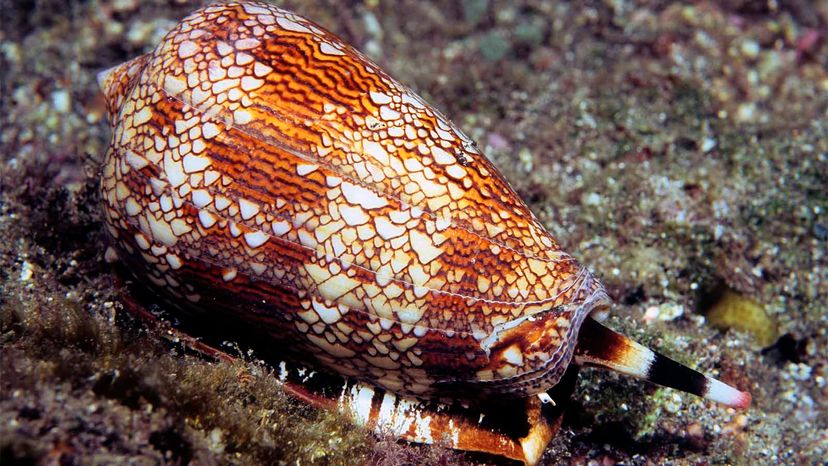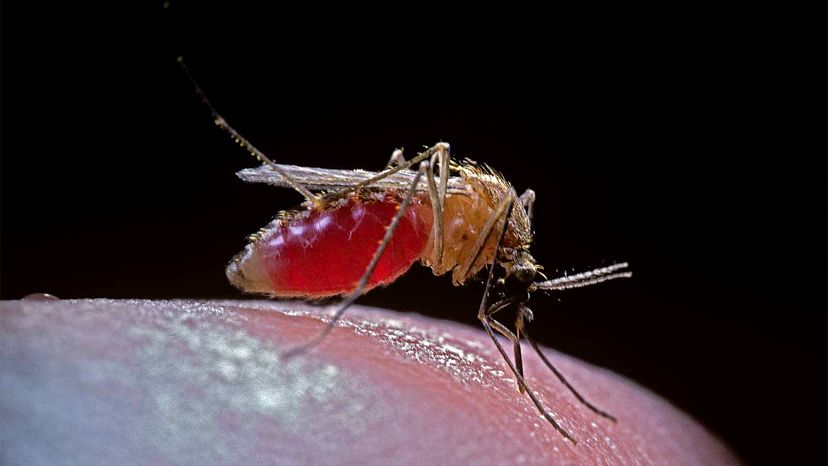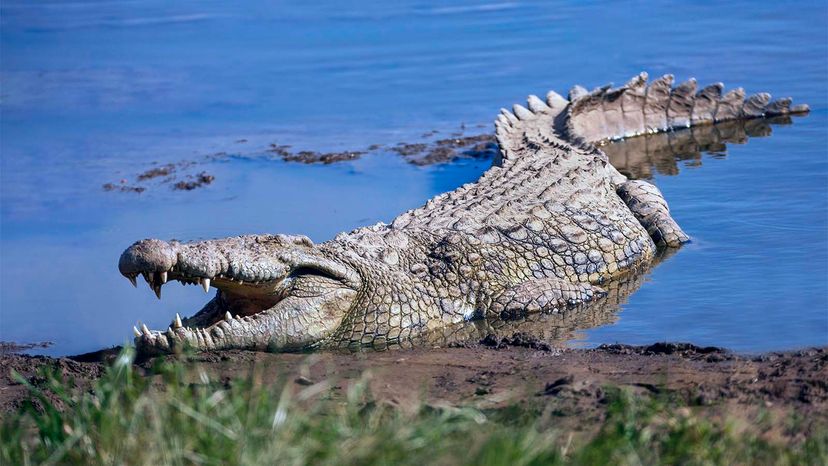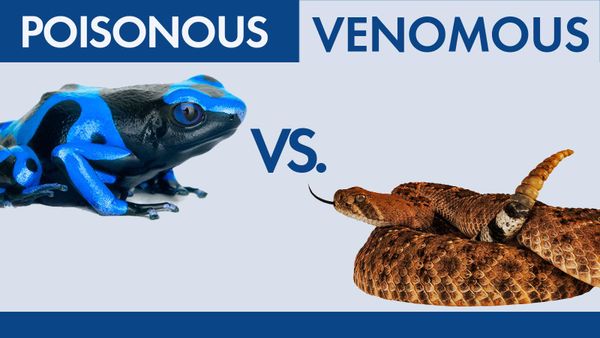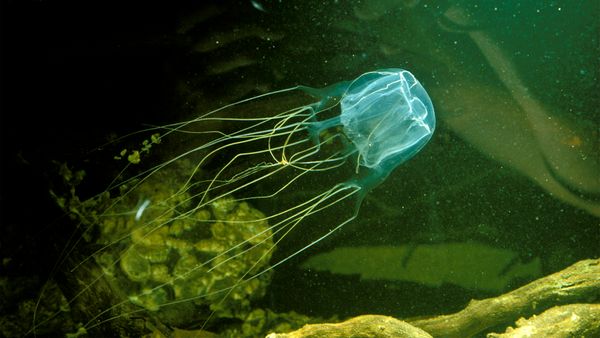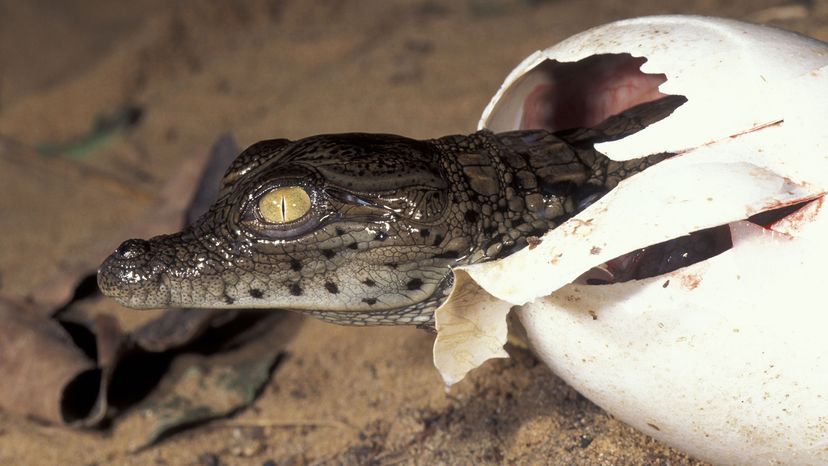
Pinpointing the singular most dangerous animal in the world can be tricky. Some of them are feared — even renowned — for their threatening characteristics, while others fly quietly under the deadly creatures radar.
Then there are those, like the great white shark, that are improperly vilified. For all the negative publicity caused by the "Jaws" movies, the great white shark isn't responsible for many human deaths at all.
Advertisement
All told, sharks cause an average of 10 human fatalities per year worldwide, and some years that number is far fewer. Shark bites are higher — there were 91 confirmed shark bites in 2023, and even though great whites have the strongest animal bite in the world, that still makes sharks far less threatening than many other dangerous animals.
So what does make an animal dangerous? Some have highly potent venom, while others spread disease. Some are extremely territorial, and others are just plain aggressive. Let's find out which is the deadliest animals in each of these categories.
Advertisement
